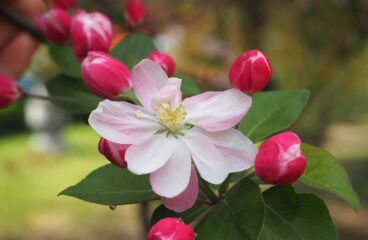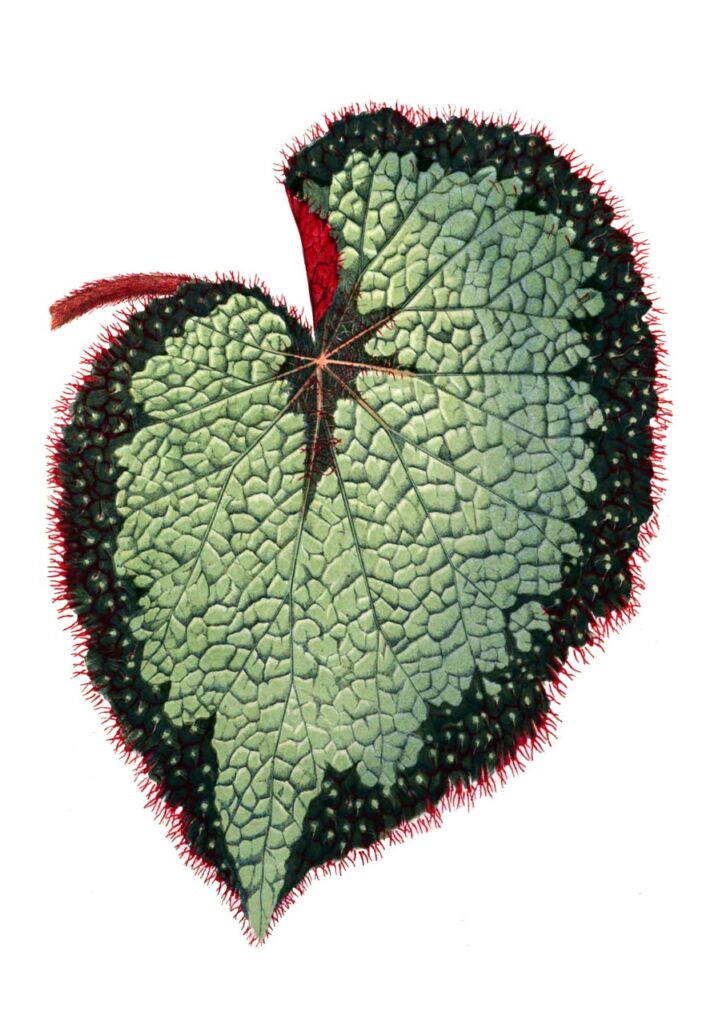

Most Reliable 3 Methods to Grow Begonia
In the post, we will know all about begonia flowering plants and growing tips
- About begonia plants
- Physical information
- Propagation methods (Bulbs, Stem cuttings, leaf cuttings)
- Ultimate caring tips for blooming
- Blooming months
- FAQ (frequently asked questions)
Begonia Flowering Plant
Begonia Flowering Plant: Begonia is one of the most popular perennial flowering plants and it belongs to the Begoniaceae family. It includes 1800+ species around the world. It is an indoor and outdoor plant so, you can easily place it on terraces, halls, and balconies. Begonia leaves are also more attractive because the leaves come in different colours. It blooms many types of flowers with different shades.
Most popular verities are Wax begonia, Angel wing, Elatior, Begonia pearcei, and Foliosa.
Propagation Methods: There are many propagation methods like using bulbs/tubers, stem cuttings, leaf-cutting (half and full). In the post, we will learn all methods with simple steps.
Using Bulbs and Making Soil Mixture
To make a good quality soil mixture, take out the normal garden soil, compost, coco-peat, sand. Add 50gm of fungicide powder. Mix them well and one medium size flowerpot (15cm). Always buy sprouting bulbs with large sizes. Bulbs are 2 to 3 inches with the outer part is similar to coconut husk.
- Take out the tubers/bulbs and flowerpot.
- Fill the soil mixture into the flowerpot.
- Dig a hole 5 to 6 inches deep and plant the bulbs in those holes and cover the bulbs with the same soil mixture.
- The sprouting part should be up and visible.
- Give the same water and place the pot in a partially shaded location.
- Within 5 to 7 days, new leaves and stems are come out from the bulbs.
- Transplantation is necessary if plants grow up to 4 to 5 inches tall with 8 to 10 leaves.
Keep in mind: In a single flowerpot (15cm) long, plant only 2 bulbs. In a 20cm long pot, plant only 3 bulbs. The spacing between the bulbs should be 2 to 3 inches away.
Remember while plantation: USDA hardiness zone should be 4-10 and soil mixture should be slightly acidic. Make sure flowerpots have a good drainage hole (up to 10) and cover the holes with stones, pebbles, and broken parts of pot…etc.






Another Methods for Plantation
Propagating Stems: Most gardeners do this because stems are easily propagating and give results within 10 to 15 days. Cut out the begonia cutting with a 45° angle (3 to 4 inches long). Dip the stems into rootex hormone liquid. Use the same soil mixture and plant the stems 3 to 5 inches deep. In a single pot (15 cm long), you can plant 4 to 7 stems.
Leaves method: It is a complicated method for propagation. In this method, well moisture should be available in the soil mixture.
Cut out the leaves from begonia plants. Cut the leaves (tip) with a round or square shape. In the leaves, midribs, veins, lamina are should appear. Dip the leaves into rootex hormone and plant 10cm dip into soil potting.
Another leaf method: Cut out the leaves from plants and make a 45° angle in petiole part and dip into 7-days root hormone liquid and plant 1 inch deep into same soil mixture. Place the pot in a partially shaded location.
Best Location: GardenonTop says – Place the plants in balcony and gardens because after blooming your garden and balcony looks beautiful and eye-catching. To beautify the garden, most people plant begonias in hanging baskets.
Ultimate Caring Tips for Blooming
- Watering Time: Begonia plants need well moisture in the soil. Water is necessary when the top layer of soil potting is dried. During the summer months, give water daily.
- Maintain Temperature: Temperature is most important for plants growth. Place the plants in full sunlight for at least 2 hours and then semi-shaded location. For good results, give morning sunlight (3 to 5 hours).
- Compost: There are many types of compost for begonia plants like NPK 19-19-19, tea compost, banana peel, and seaweed. Fertilization is necessary after 30 to 45 days. These all fertilizers are easily available in local nurseries and online stores.
- Pests & Diseases: Mealy, aphids, snails and slugs and other types of insects are attacks on the plants so kill them, spray pesticide liquid.
- Pruning: You can prune the begonia plant in any season. Pinch out the dry, faded, and yellow leaves. Cut out the weeds and unwanted stems and head of stems.
Blooming Months: In the mid-summer, blooming starts on the plants. It blooms many flowers at a time. Flower colours are red, white, pink, yellow, purple, blue and many types of shaded colours. Most of the verities have connected petals with many-layered petals. Flowers sizes grow up to 1 to 2 inches with spread up to 2 inches. In gardens and balconies, these flowers look beautiful and blooming are up to 2 months.


FAQ (Frequently Asked Questions)
Fost, Wilt special, Liebigs rootex, 7 days rooting hormone, Rootex+, Rooetex-L…etc.
Yes, methods are the same for the best result but the soil mixture should be slightly acidic and maintain a pH level.
No, begonia has no seeds, you can grow using its tubers, stem cutting and leaf cutting.
You can easily grow in 4-11 USDA hardiness zones.
Using tubers/bulbs, because bulbs have sprouting part and it gives result within 5 to 7 days
Yes, overwatering causes root rot diseases so, don’t overwatering
Yes, you can store bulbs in any pot with a cover
If you like this post don’t forget to share it with your friends and relatives and subscribe to my newsletter for the instant update 🙂
Recommended Posts 🙂












































































What are the three most reliable methods for growing begonias according to the article “Most Reliable 3 Methods to Grow Begonias”?